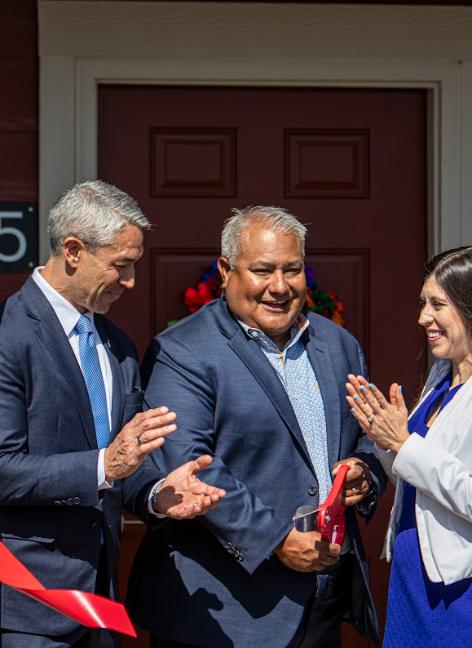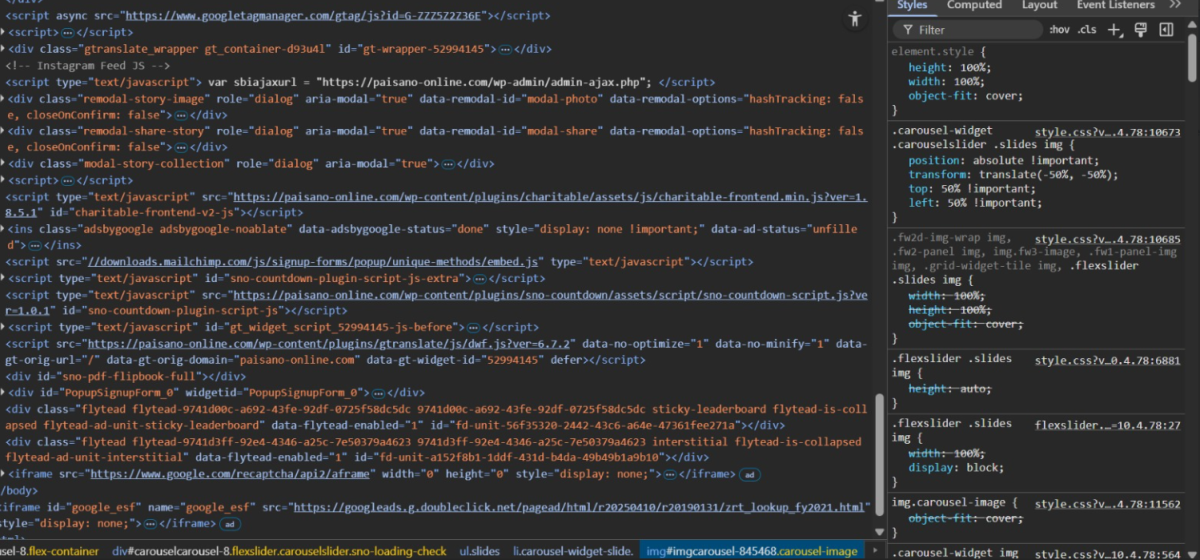On Nov. 15, the UT System Board of Regents approved a $102.4 million plan to consolidate their five existing administration buildings into one, new 16-level building in downtown Austin, Texas.
This cost-effective plan is expected to yield up to $5 million in savings per year. These savings will be used to fund student programs throughout the 15 UT System institutions as a part of Chancellor Francisco Cigarroa’s newly established Framework for Advancing Excellence plan.
According to a recent progress report from the Framework for Advancing Excellence action plan, the UT System put together a team of experts to review space-utilization and efficiency strategies.
At the last regents meeting, Cigarroa said, “Several locations in the Austin area were considered for a new building, as were several different construction scenarios and the possibility of leasing existing space.”
The current occupied buildings cost about $4.8 million to operate annually. The new building will be more efficient, costing approximately $2.1 million to operate annually, regents said.
The plan for a single building promises to not only save money, but to also improve effectiveness and communication across all UT System departments. The building location will be in close proximity to the Texas Capitol and public transportation.
“After taking all of the data and staff feedback into consideration, the construction of a single building on the existing UT System land to house all of our business units made the most sense financially and organizationally,” said Cigarroa.
Of all the five existing office buildings, the Colorado and Lavaca buildings will be demolished and the three remaining buildings – O. Henry Hall, Ashbel Smith Hall and Claudia Taylor Johnson Hall – will be available to lease once the new building is occupied.
The 16-level building, one level of which will be underground, will contain enough garage space to house up to 700 cars and will include 258,500 square feet to facilitate office space, conference and board rooms and eating spaces. Further infrastructure and design plans will be reviewed at a regents’ meeting in early 2013. The demolition of the Colorado and Lavaca buildings will commence next fall.
The construction of the building, which is due for completion in 2016, will be funded with Revenue Financing System Bonds and will not be appropriated from tuition costs.
“This project is perfectly aligned with the productivity and efficiency goals of our Framework for Advancing Excellence and the savings will directly benefit our students,” Regents Chairman Gene Powell said. “This is a win-win opportunity for our students, institutions, the UT System and the city of Austin.”







